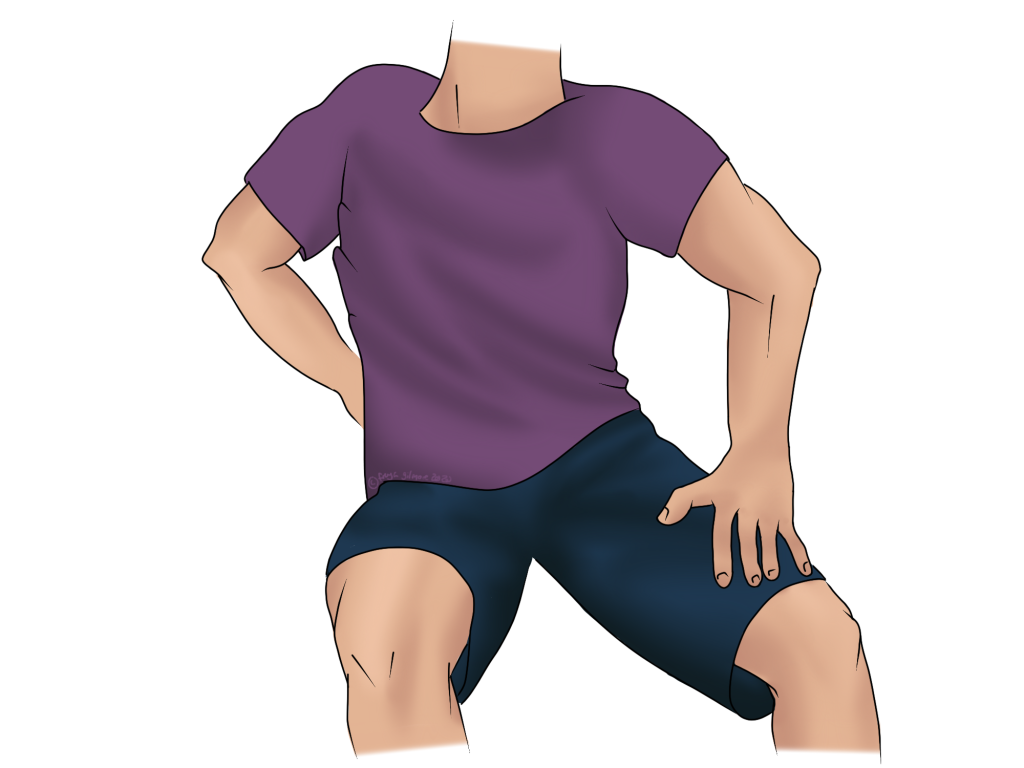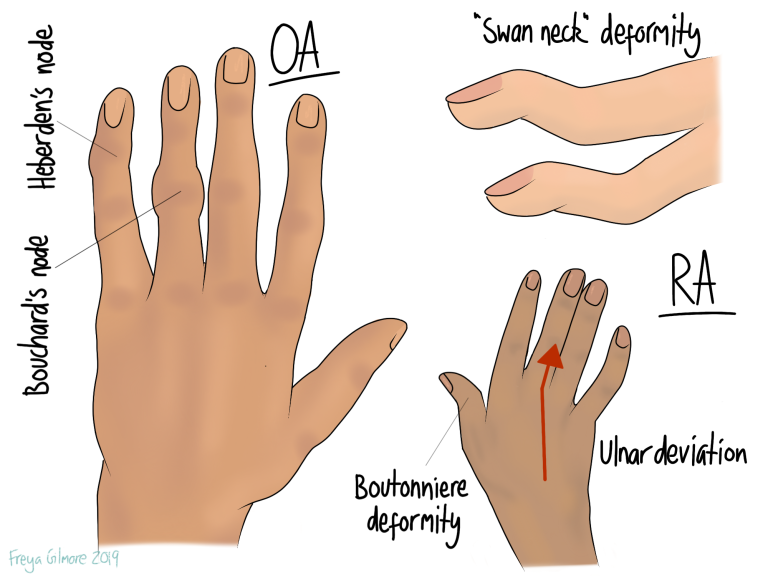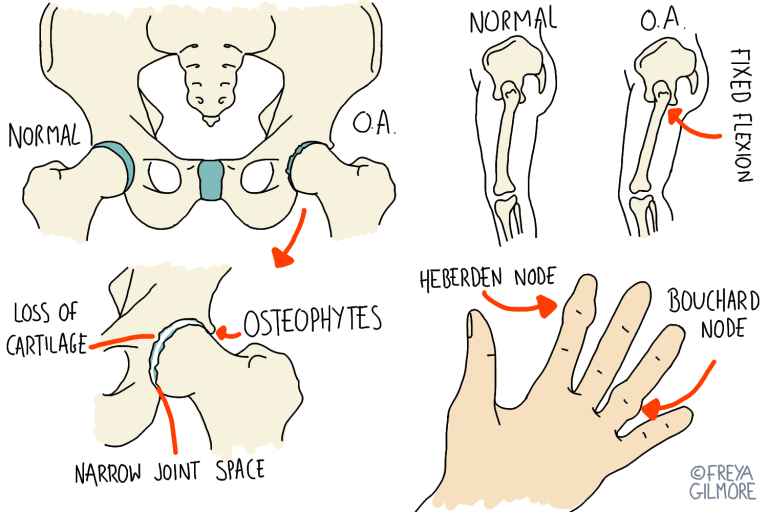It’s easy to convince yourself that your aches and pains aren’t worth addressing. Often you’d be right! But sometimes they don’t resolve on their own, but instead cause more aches and pains elsewhere in the body.

Multiplying Aches and Pains
Let’s say you’ve twinged your calf. Maybe it hurts to put your heel to the floor, so you compensate by walking slightly tip toed on one side. Firstly, that is probably not what the twinged calf needs. Working through the usual full motion will encourage better healing, and show the brain that there’s no threat. This allows the brain to dial down the pain and get you back to normal quicker. Secondly, it puts tension through the foot, and will probably cause the knee, hip, and lower back to compensate too. The knee doesn’t need to straighten as much as normal, so neither does the hip. Asymmetry following on from here is corrected in the lower back by the muscles and joints there.
So the twinged calf has caused a change throughout the entire lower body. If this is very short term, it might not present too much of an issue. In these cases, the body will correct itself over time. But if you already have something simmering away in one of those compensating areas, this change might be enough to cause a second issue. Or it could be the start of a new movement pattern that lends itself to the development of something like osteoarthritis.
Something More Complex
Osteopaths are trained to look for pathologies that we can’t treat ourselves. This means we can refer on to a more appropriate practitioner. Rheumatological conditions are good examples of this. Things like Ankylosing Spondylitis (AS) develop insidiously, often mistaken for garden-variety lower back pain. But as is the case with a lot of rheumatological conditions, early intervention is key. Identifying the symptoms that push the presentation over from “typical” lower back pain to something that requires investigation is part of our job. If your minor aches and pains have been present for a few weeks, even if they’re not causing further issues, it’s worth getting them checked out. We look out for other issues too, but potential signs of something that might need a rheumatologist include:
- signs of inflammation: redness, pain, swelling, heat
- morning stiffness that lasts more than 30 minutes
- feeling unwell alongside your muscle or joint symptoms
If you have a feeling something systemic is going on, speak to your GP. We can support your referral with a letter if we have reason to believe that you need to see someone after your initial appointment.
Osteopathy for your Aches and Pains
For more simple issues, we will look at your whole medical history and see how your body moves with a physical examination. With all of this information, we can work out a diagnosis for the original symptoms and identify any other areas that might be compensating or otherwise relevant to your case. Treatment and exercises will be designed especially for you in line with your treatment goals. Let us know if your symptoms are stopping you from doing something and we can tailor the plan with that in mind.
Click here to make an appointment for your aches and pains in the Bristol area


